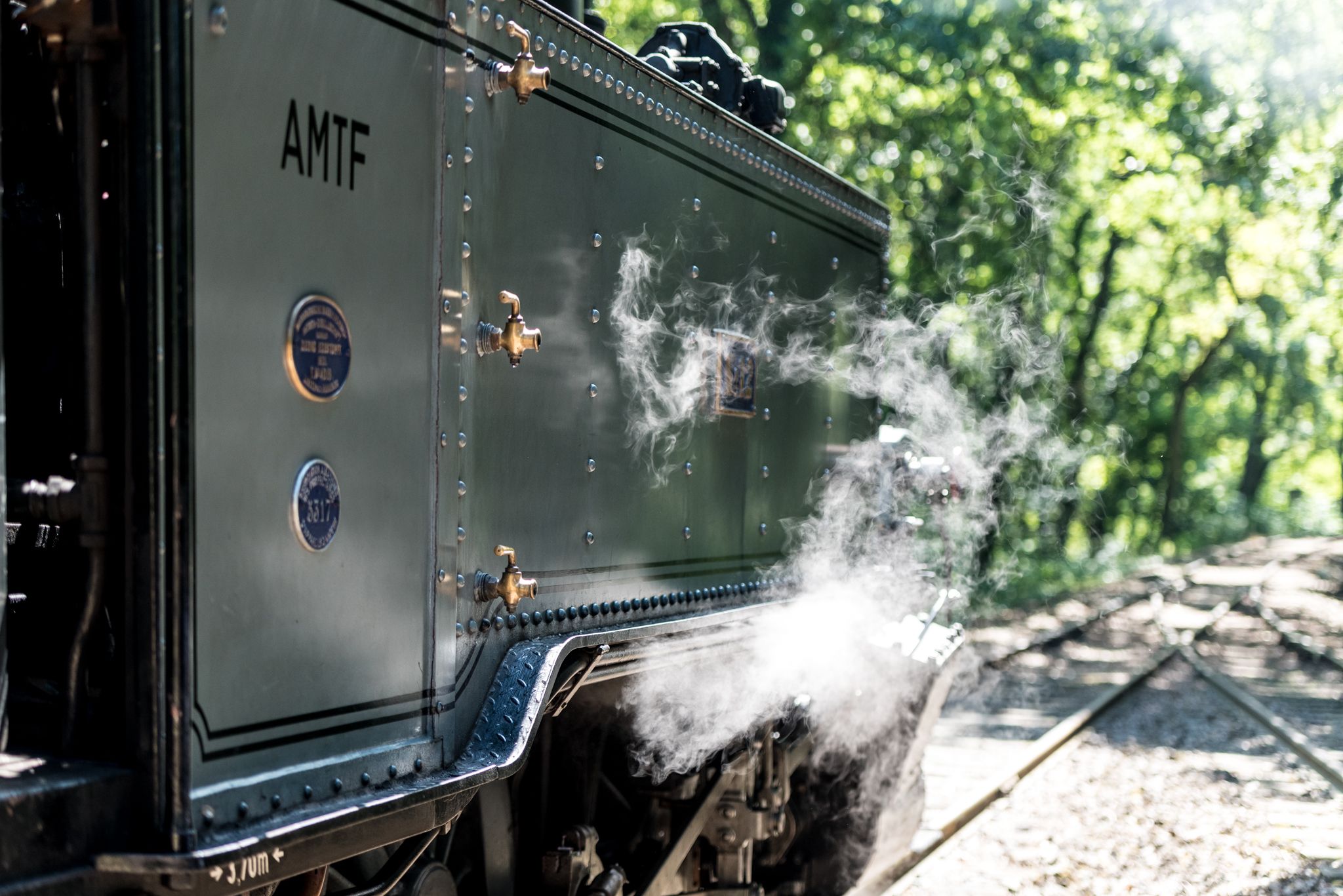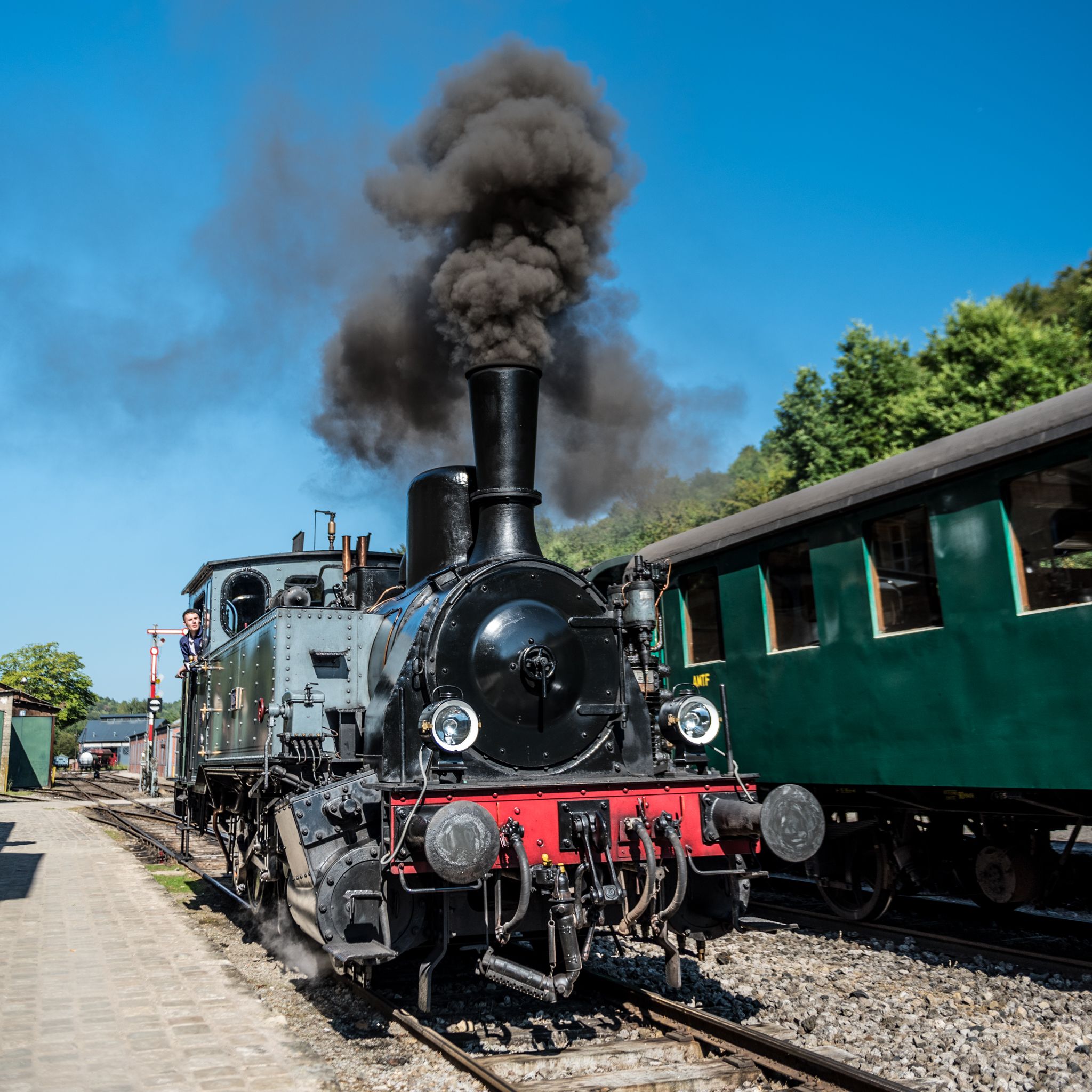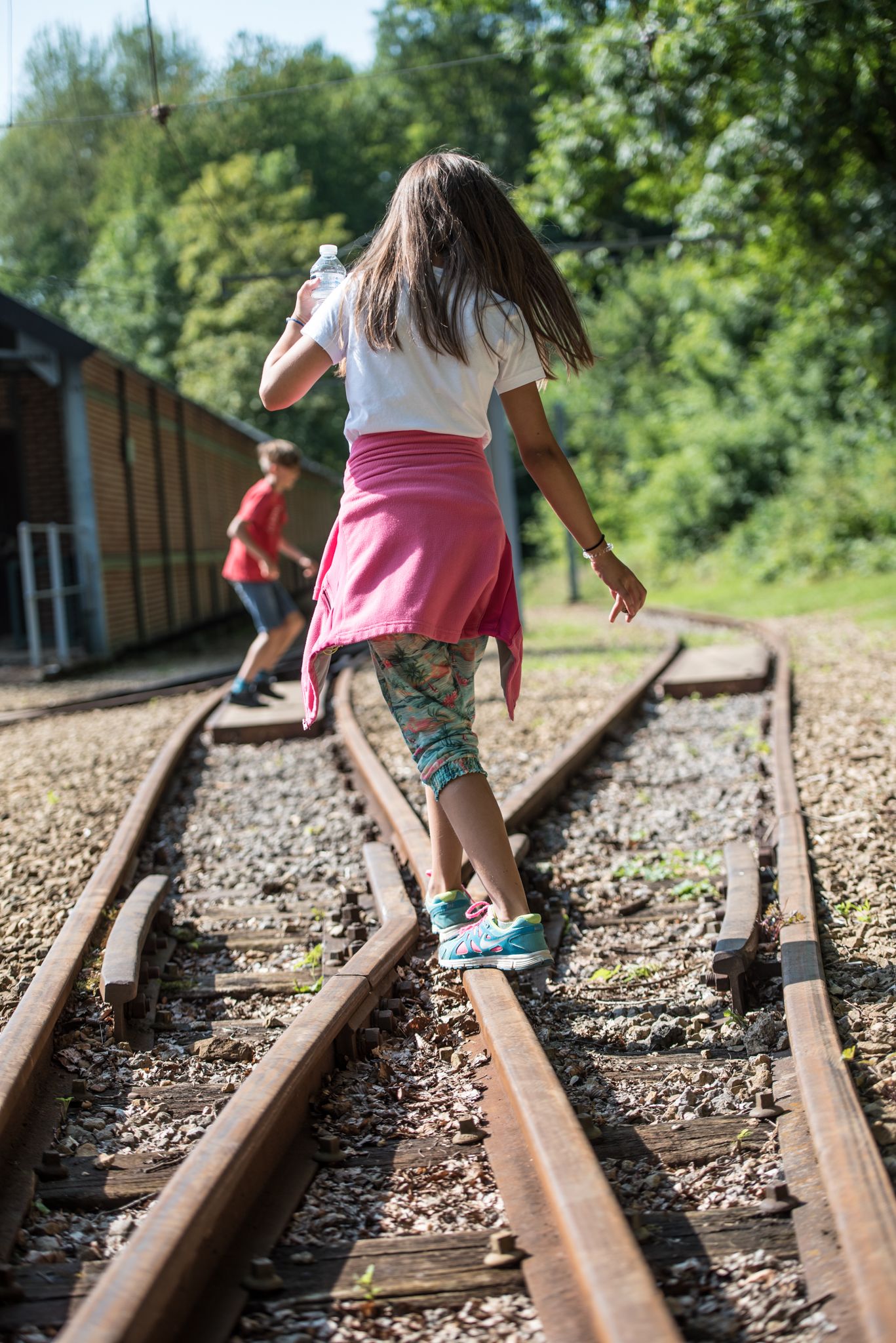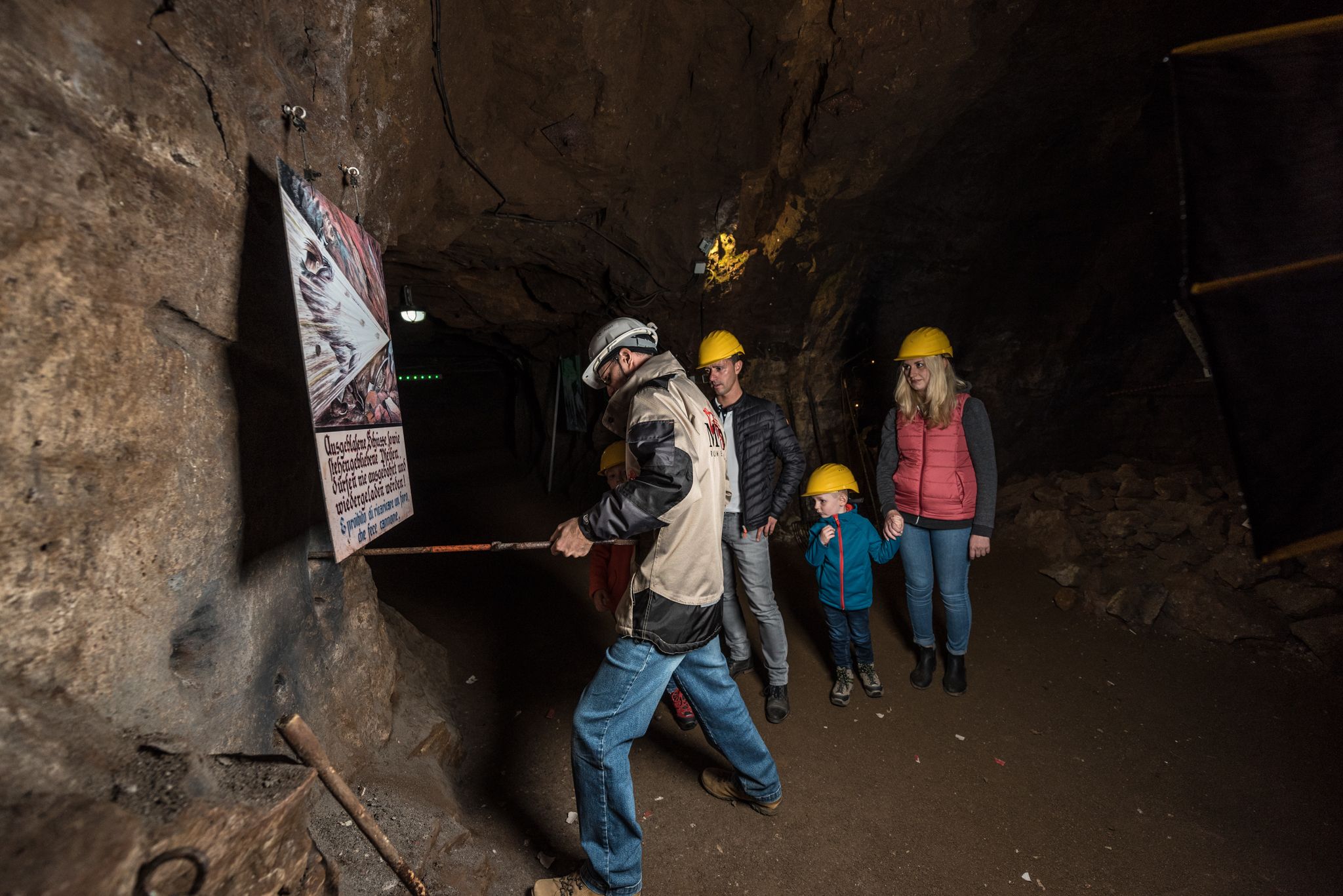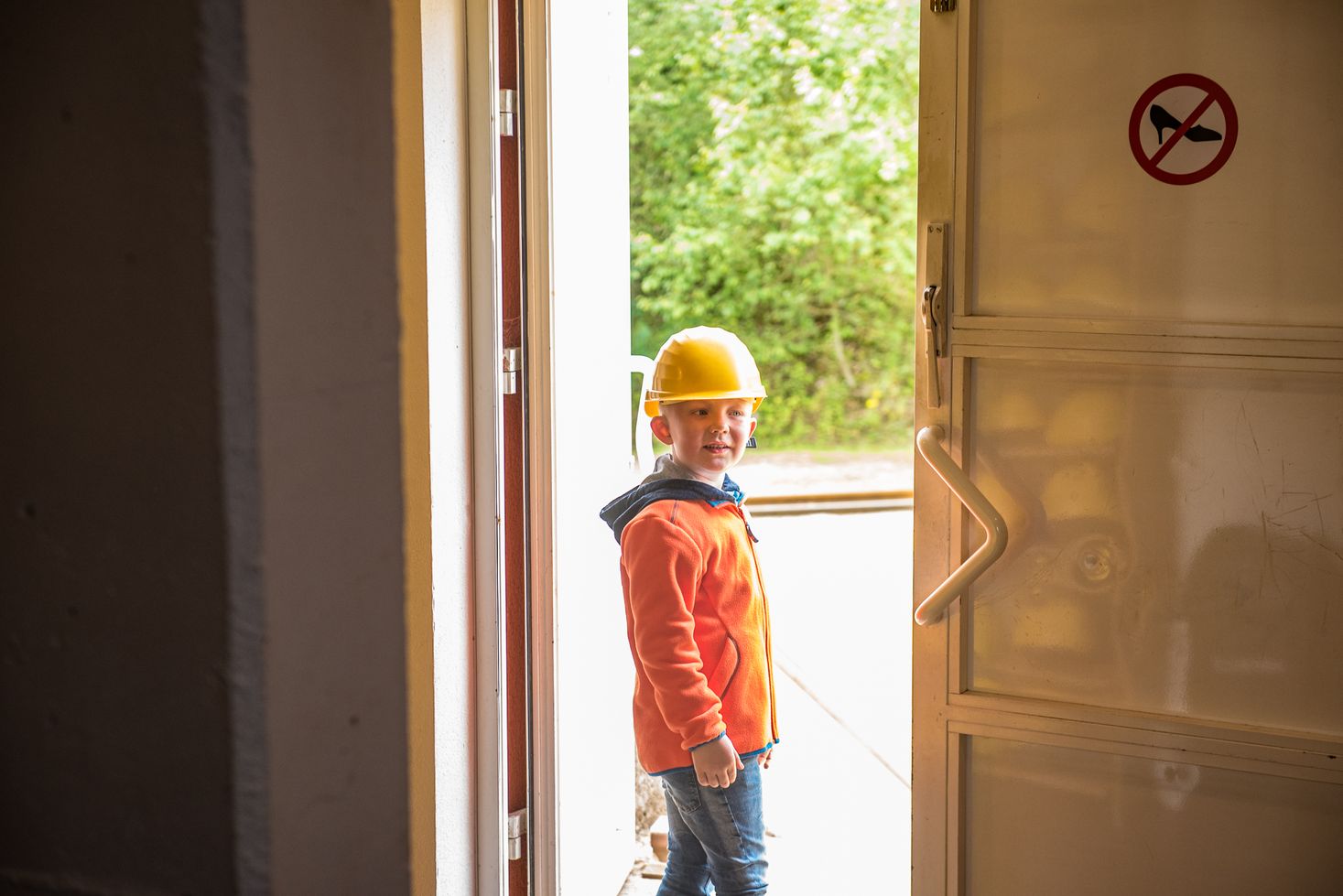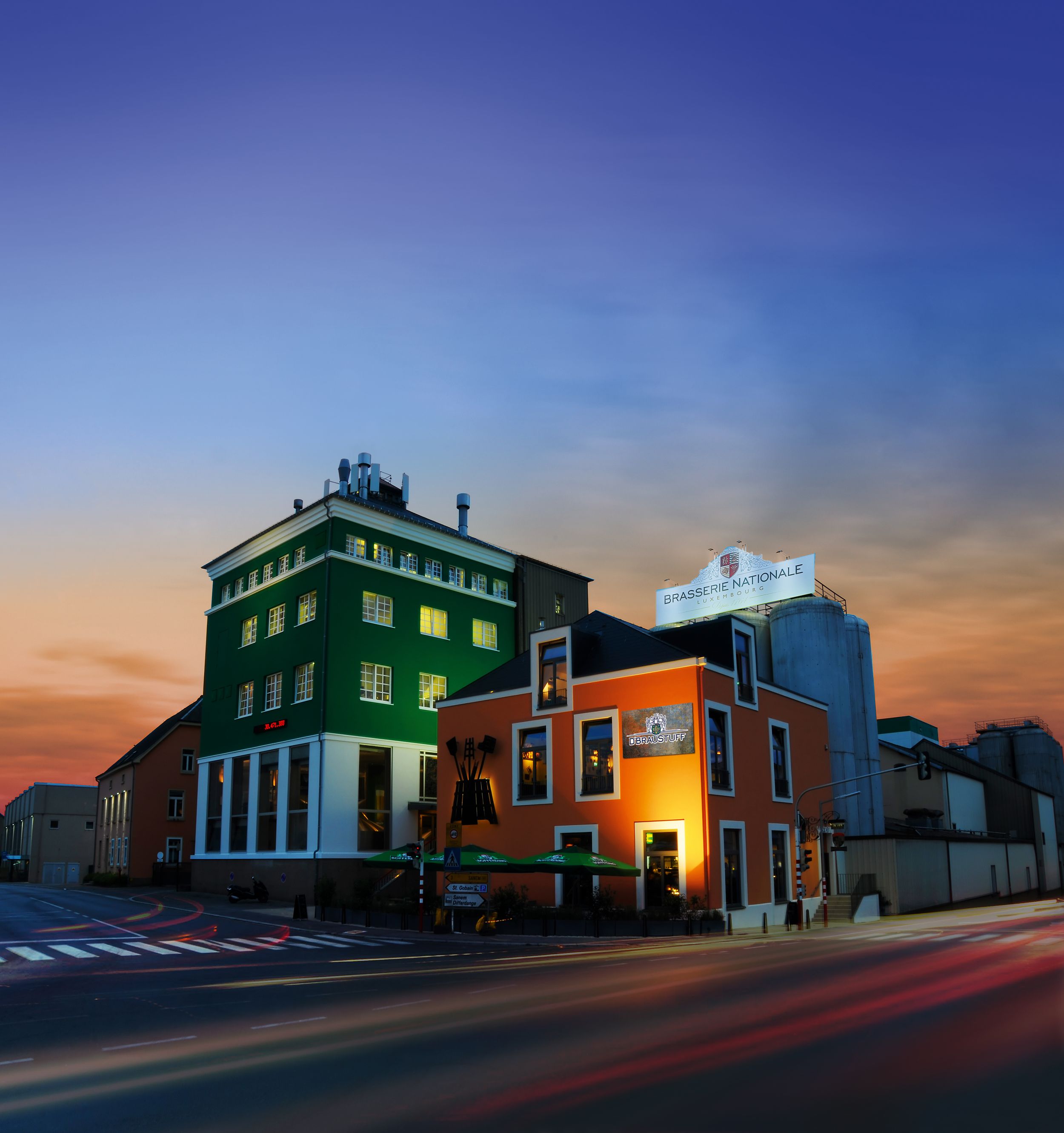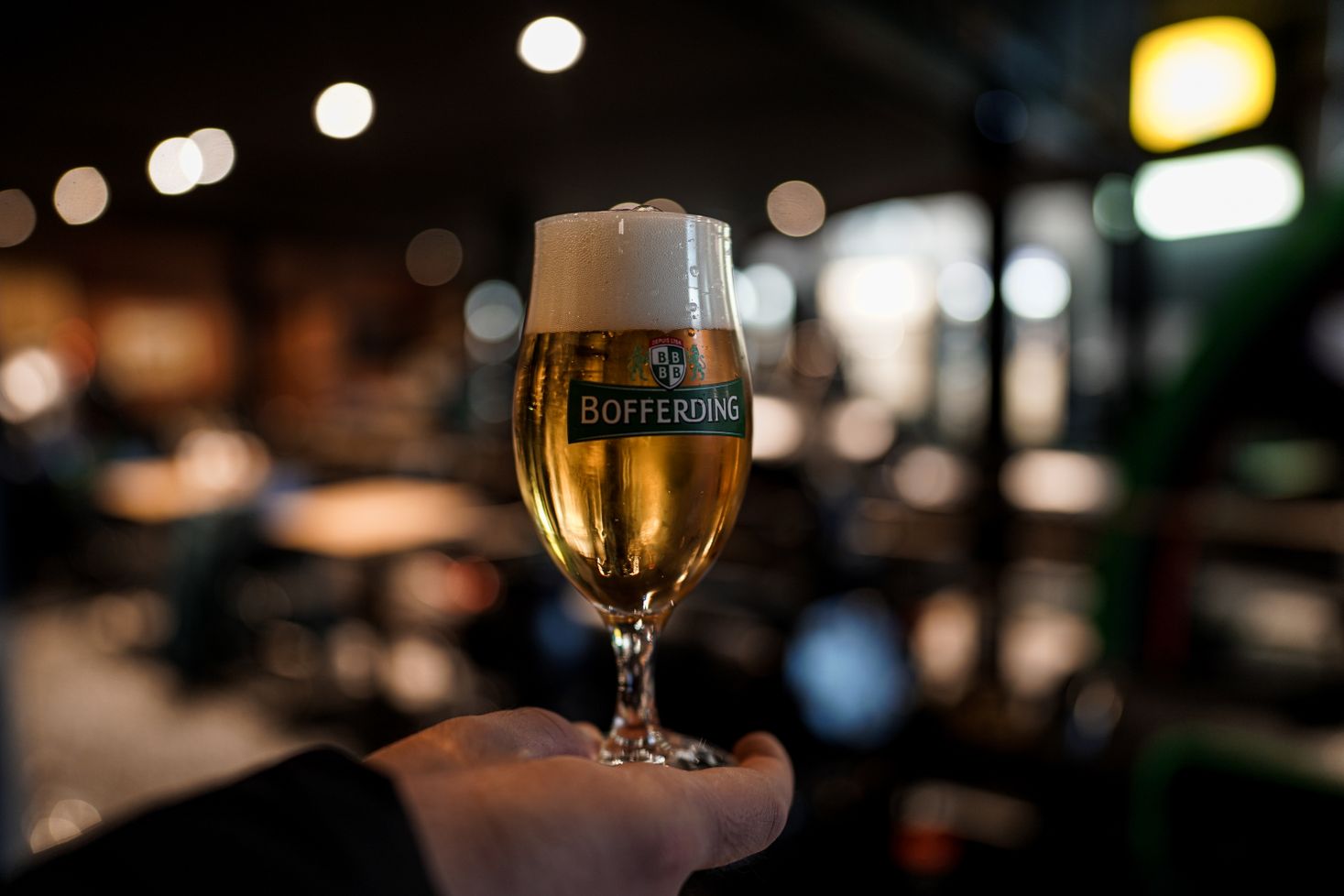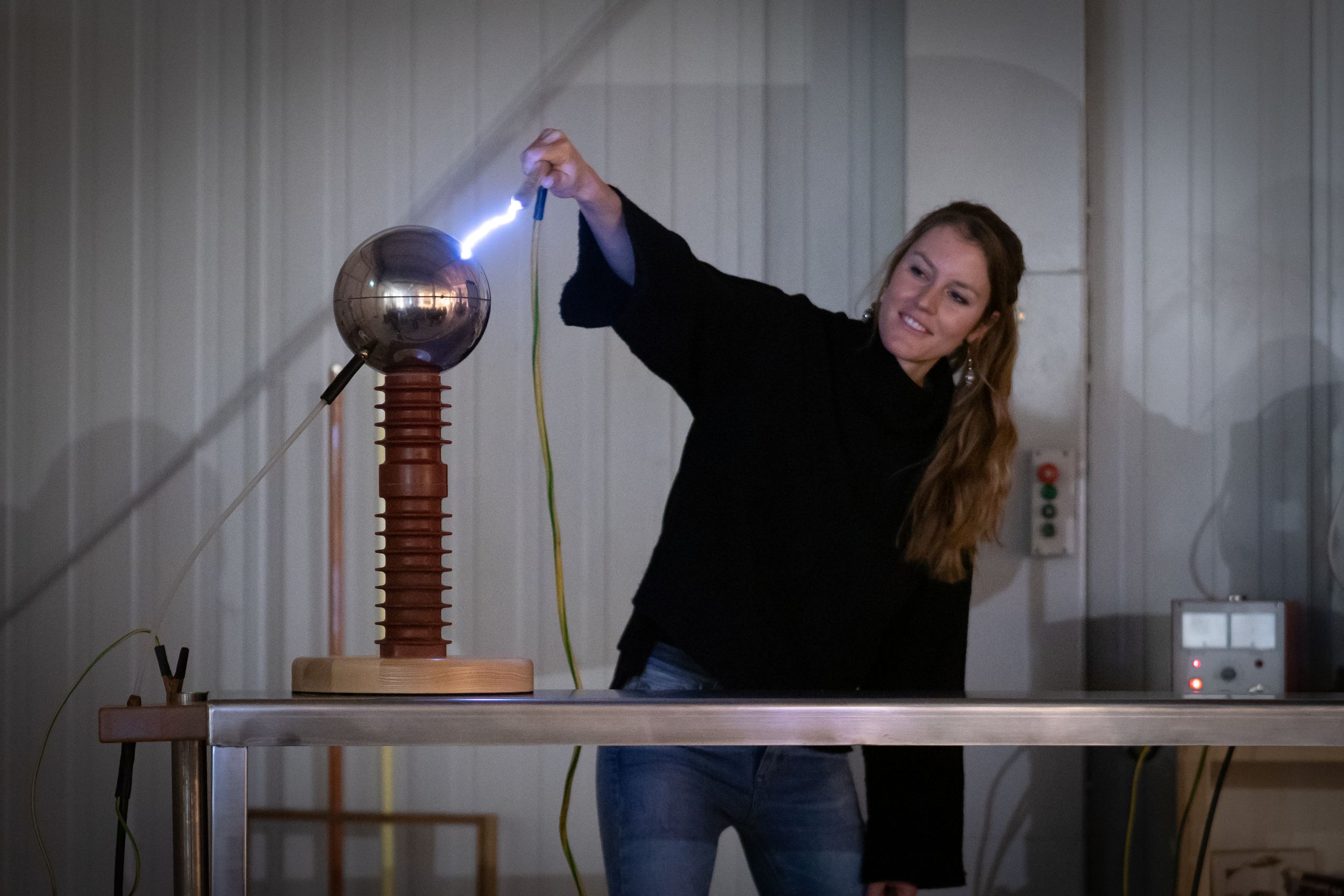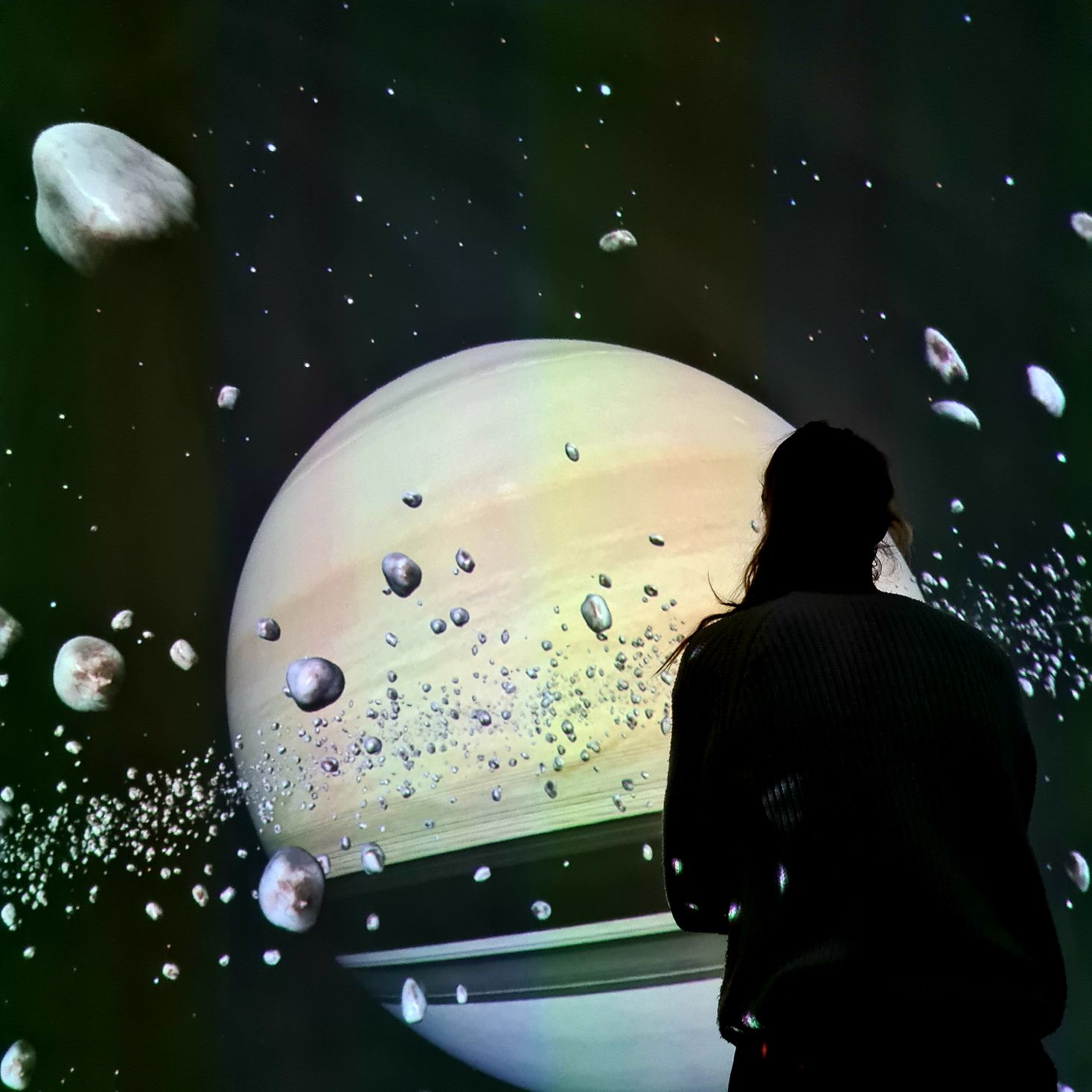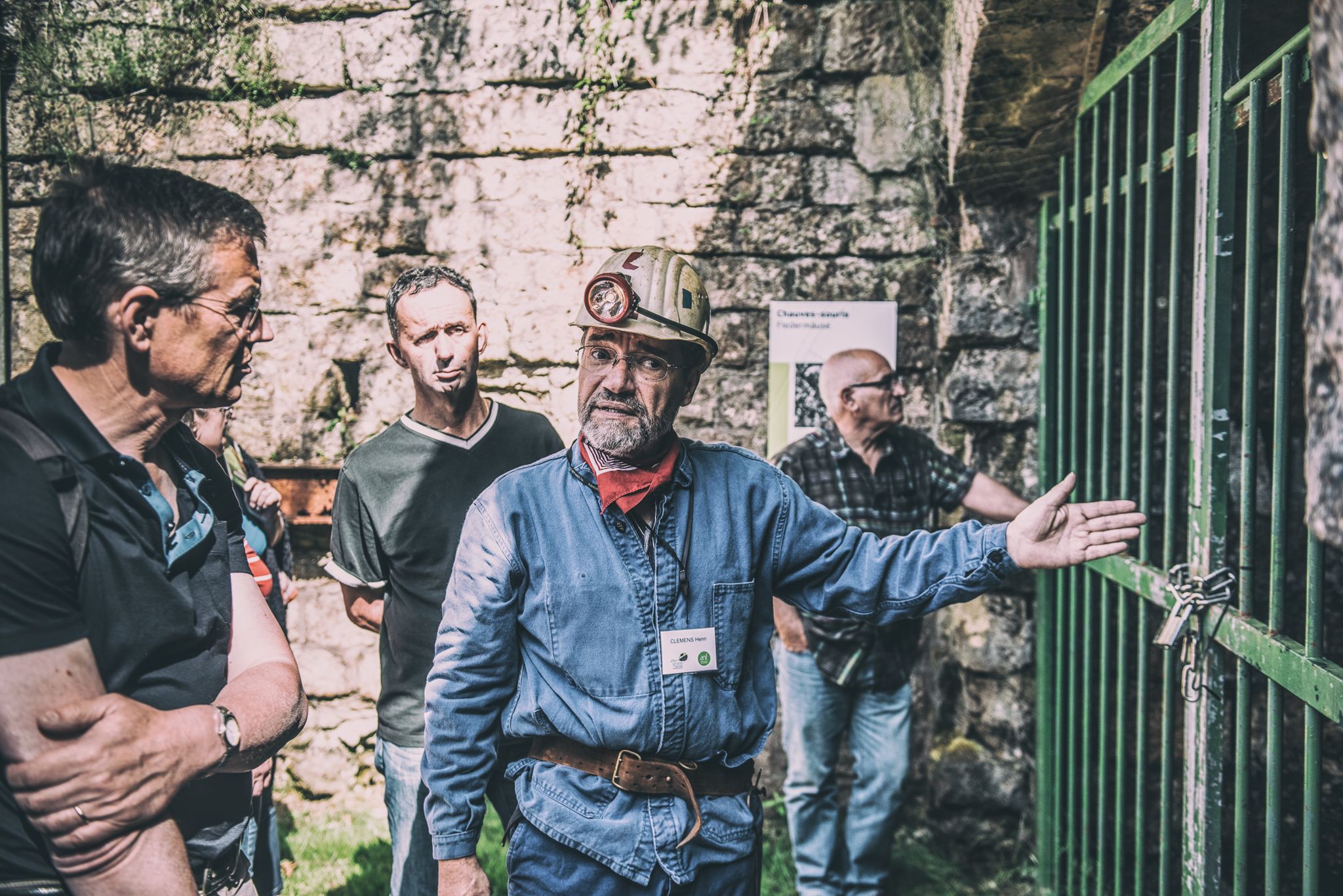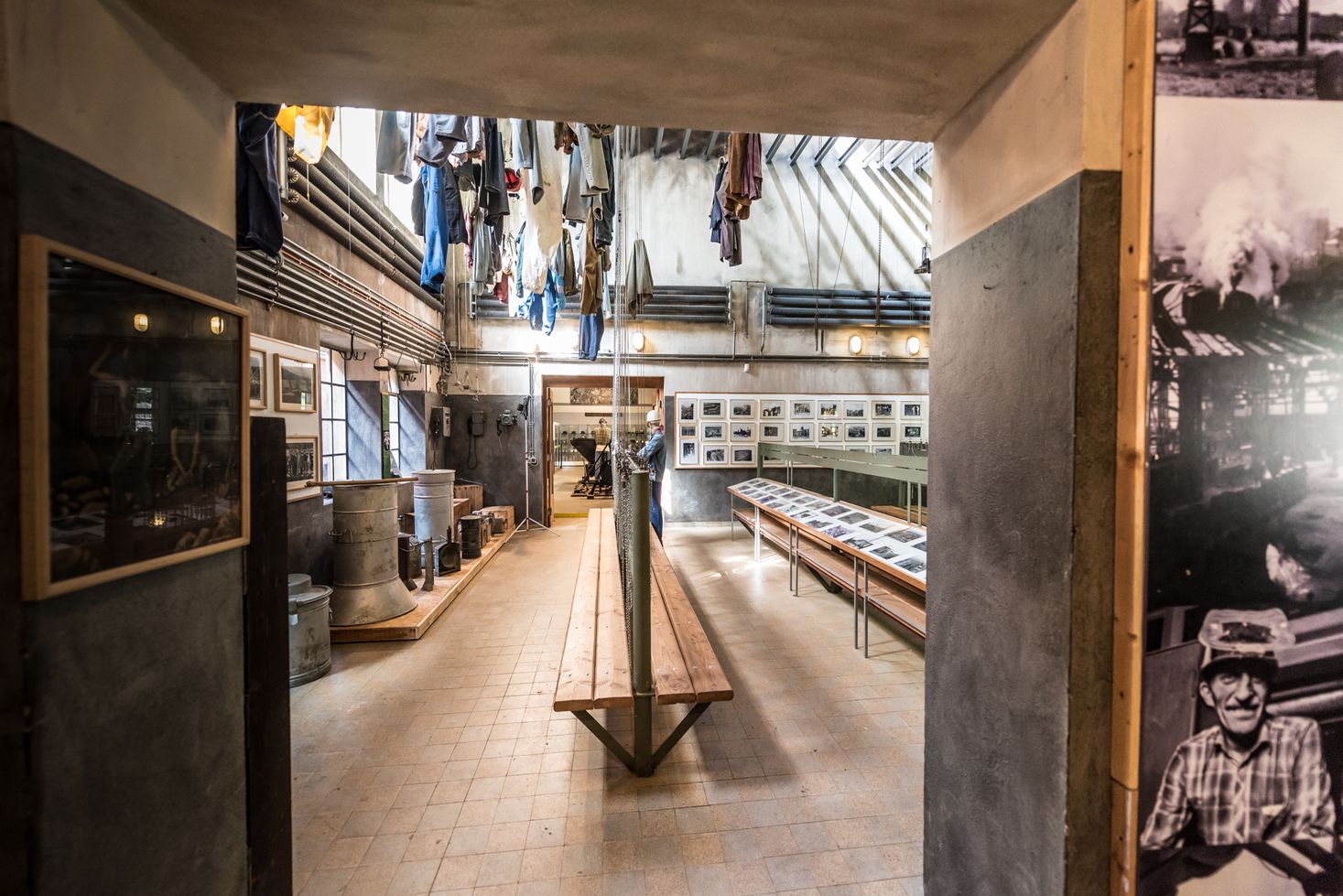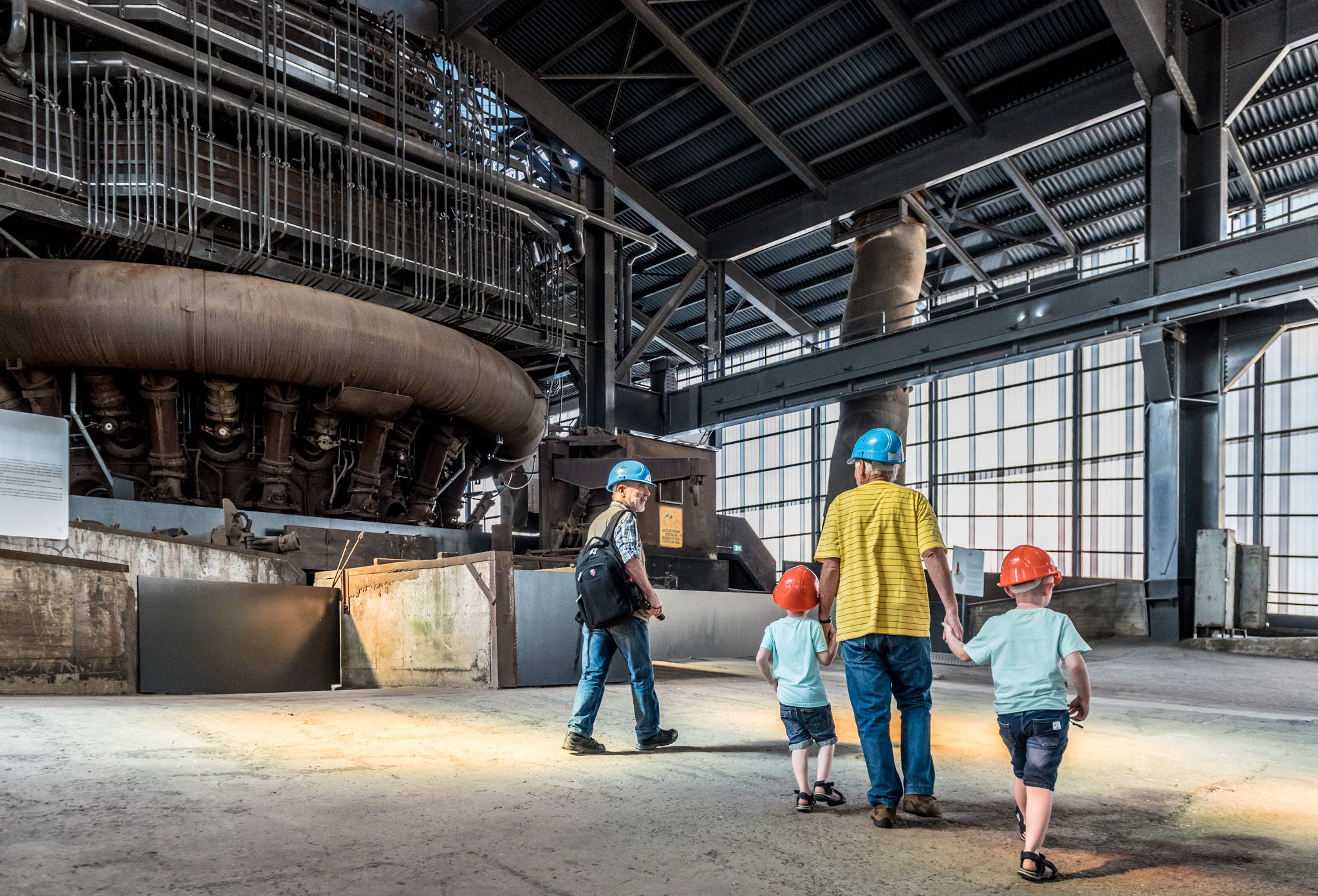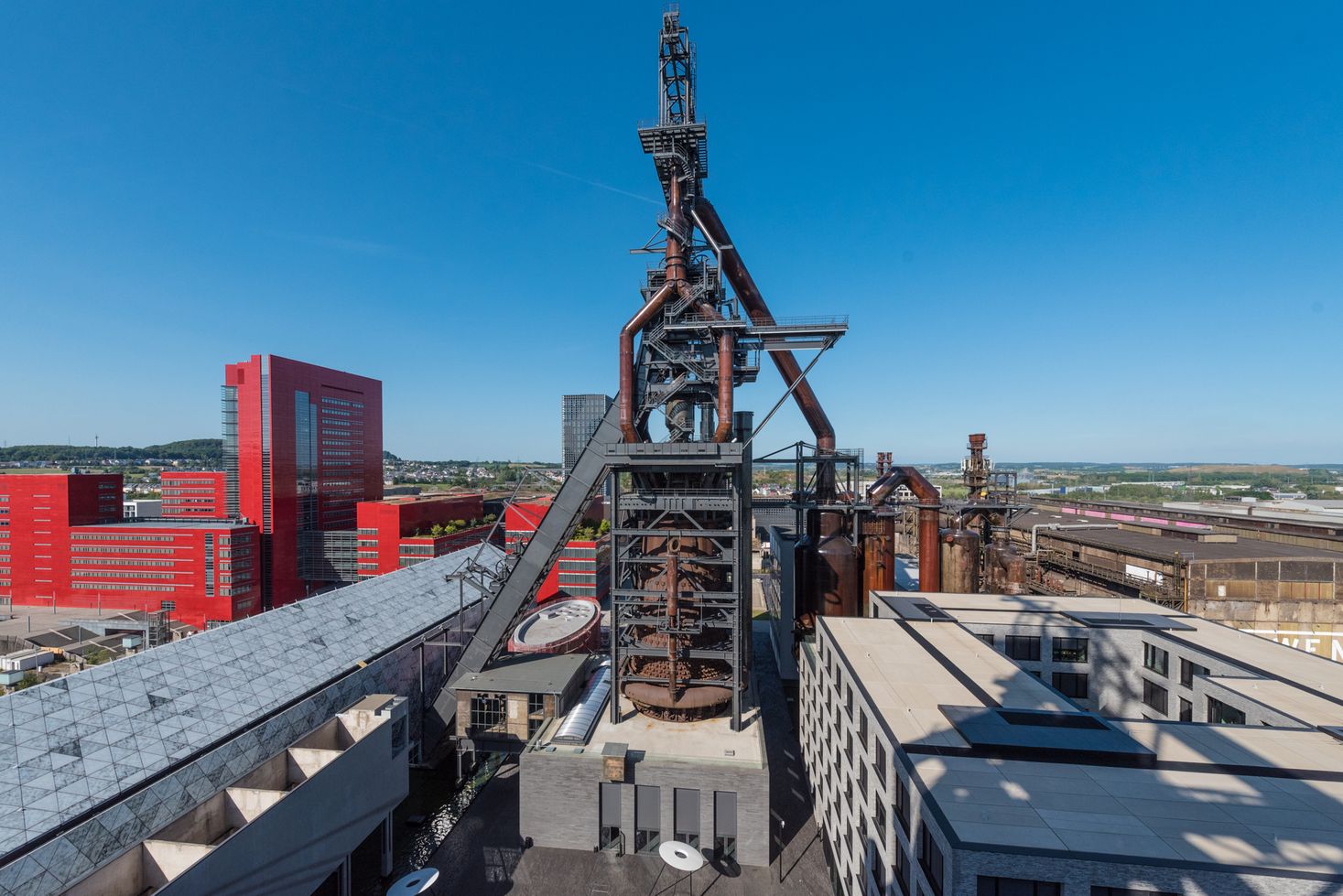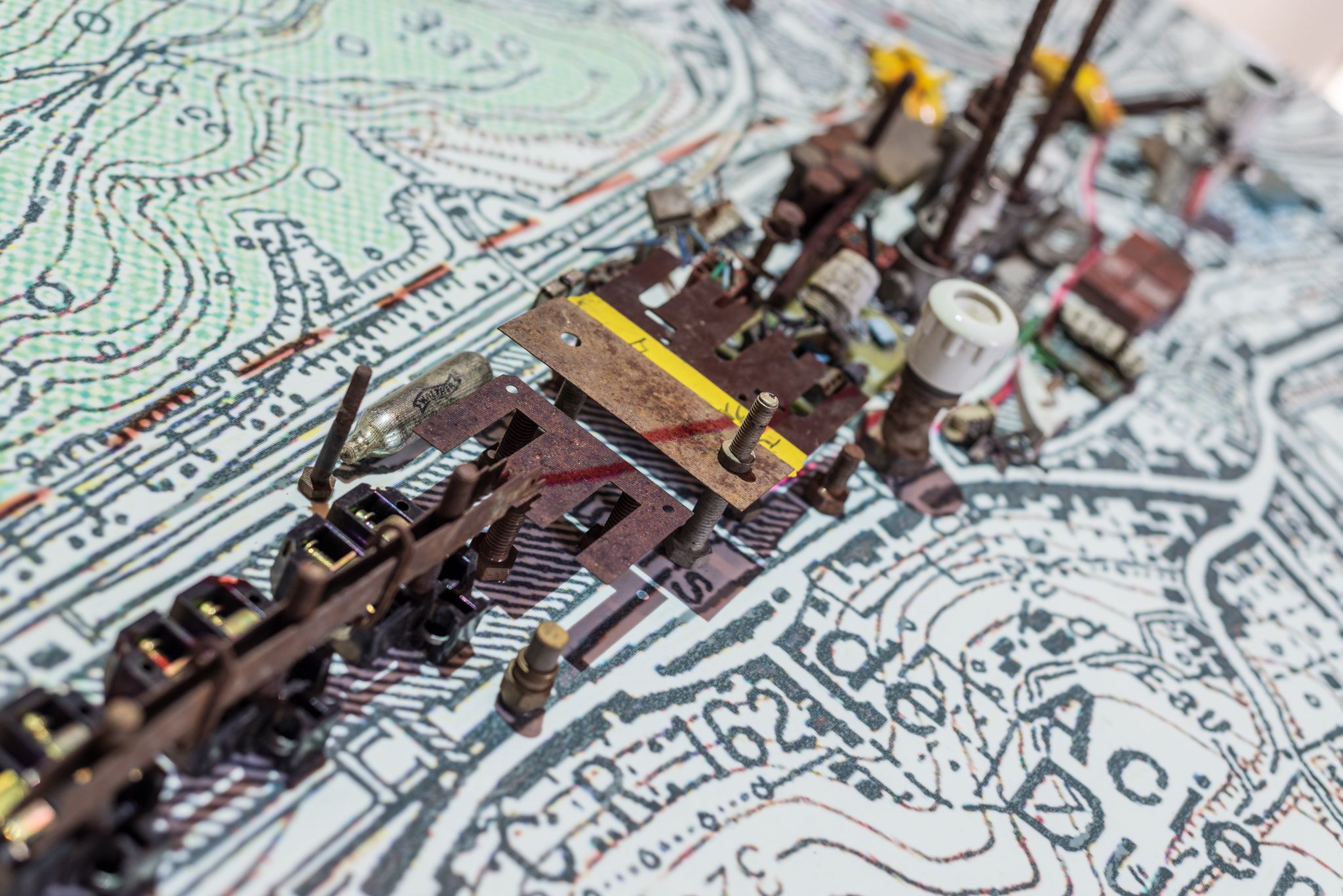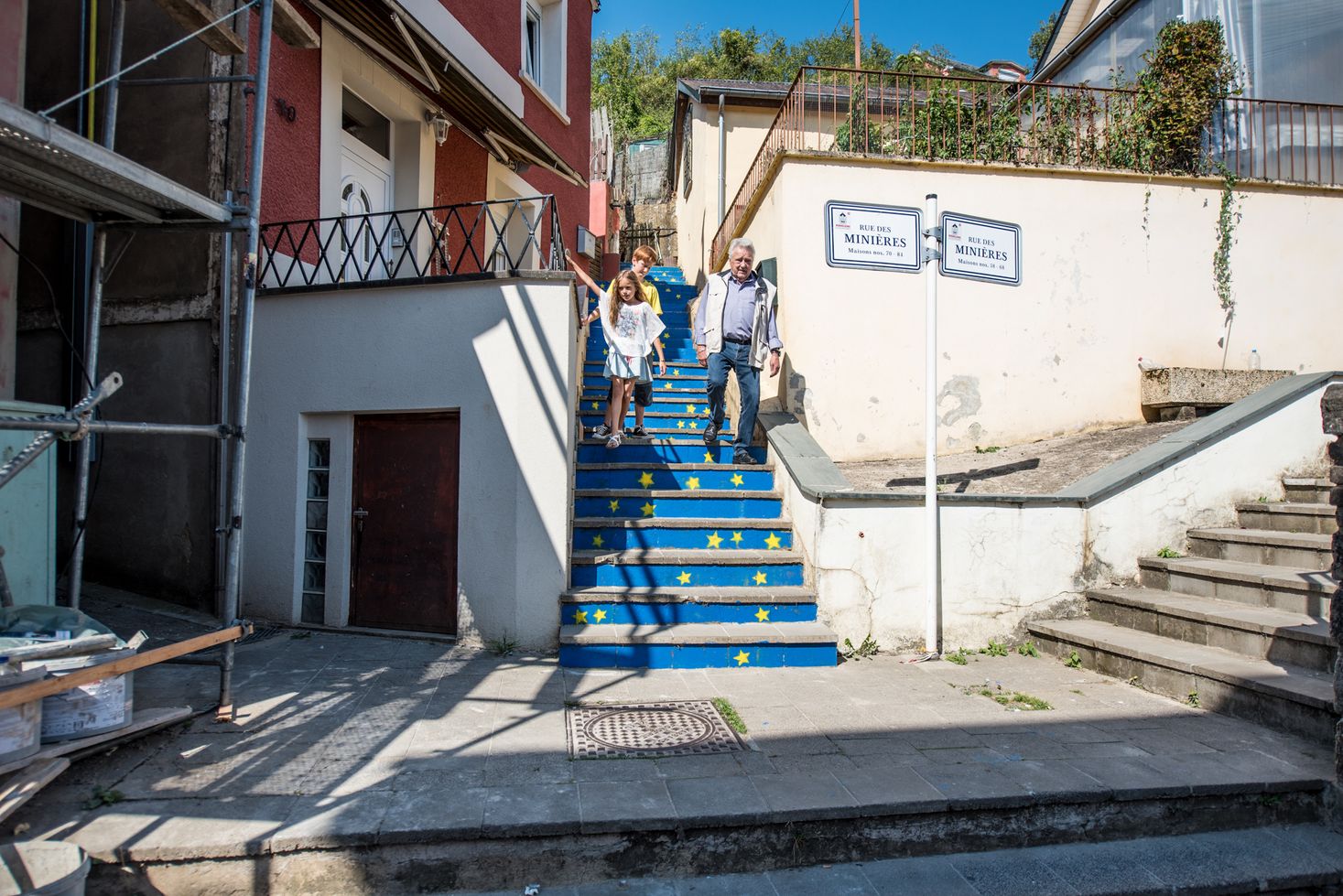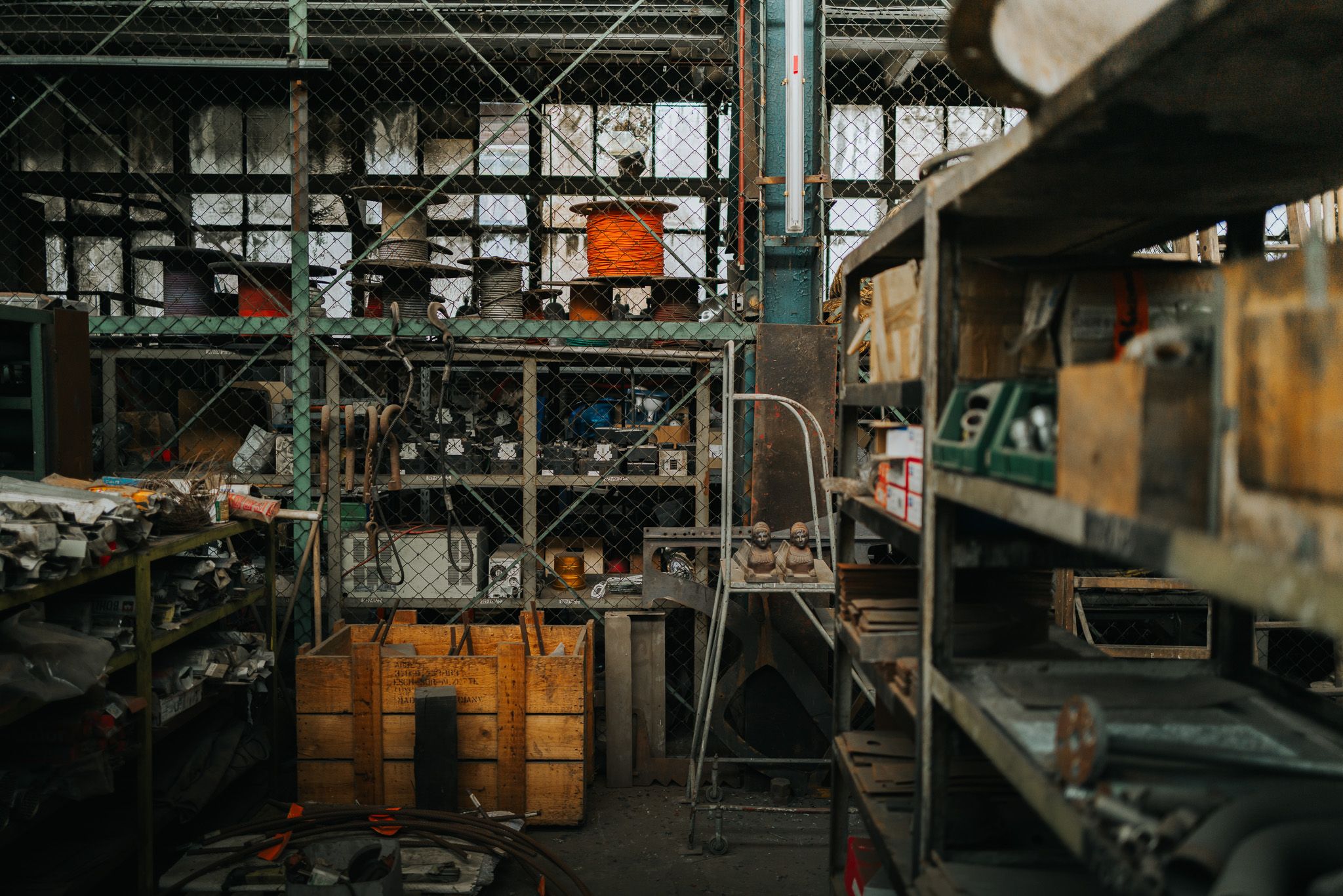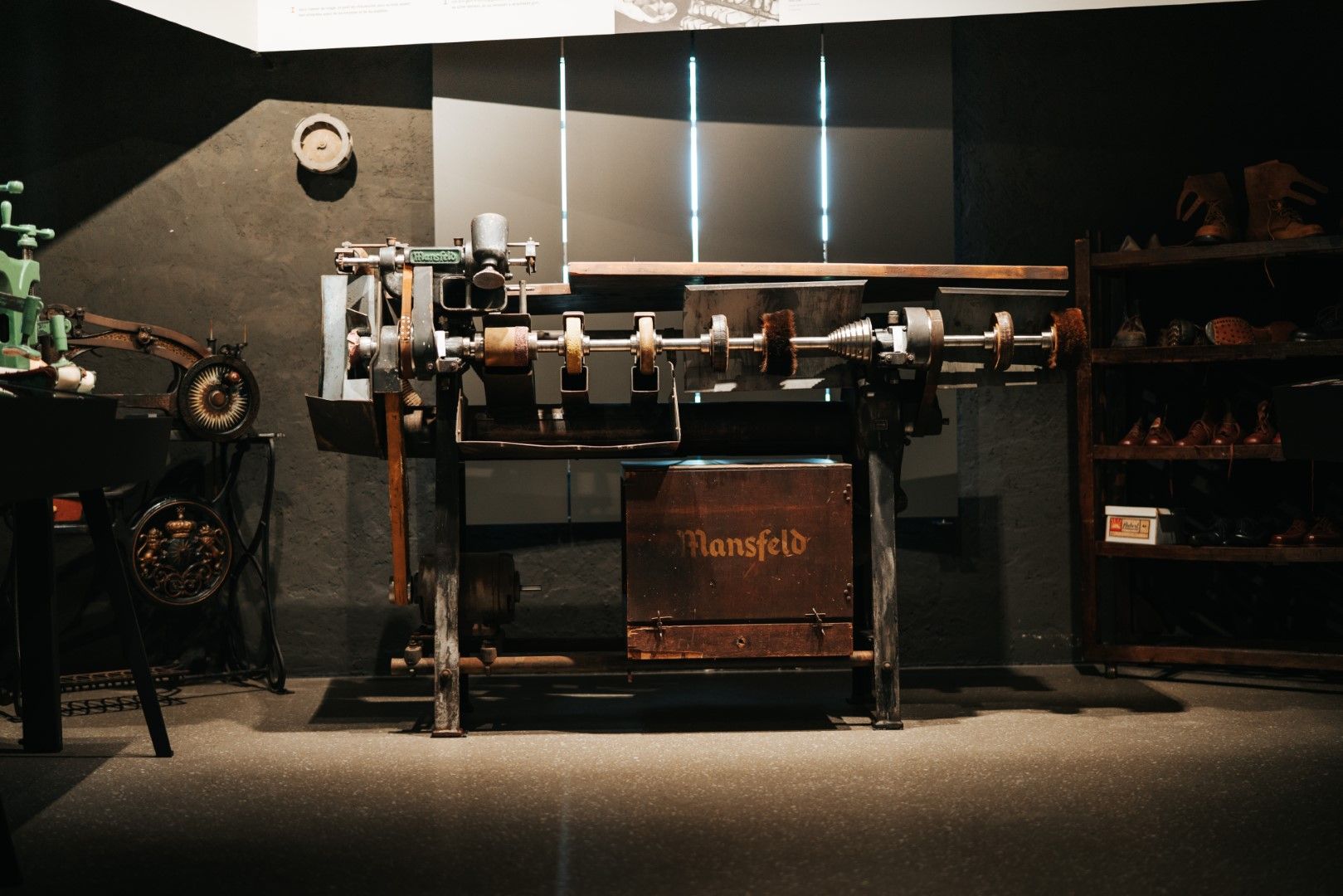What the Minett Tour is about
History of railway and technology
Minettpark Fond-de-Gras
Railway operation | History of iron | History of technology
The Minett Park Fond-de-Gras is an open-air museum that includes the Fond-de-Gras, the village of Lasauvage, the former open-cast mine of Giele Botter and the Celtic oppidum of Titelberg.
Fond-de-Gras was one of the most important mining centres in Luxembourg. However the extraction of iron ore ended in 1955. In 1964, a landslide on the Fond-de-Gras – Pétange railway line put an end to all railway activities. A few years later, volunteers commit to run a tourist train with historic steam locomotives. The first "Train 1900" circulated in 1973. A few years later, an old mine is opened again and can be visited thanks to the mining train "Minièresbunn". Today, at the Fond-de-Gras, several historic buildings have been preserved: an electric power station, old grocery store, rolling mill train, railway station and railway sheds, testifying to the mining activity that took place there for nearly a century.
Iron Ore Mining
National Mining Museum
Iron ore mining | Mines | Geology | Transport | Opencast mining
The iron mines have played an active role in Luxembourg’s history and economy. From the 1870s to the 1990s, Luxembourg's iron mines had a major impact on the lives of the country’s inhabitants.
Nowadays, we have forgotten what the daily life of the miners was like, the difficulty of their work, the kinds of tools they used. At the National Mining Museum, you’ll learn all about how mining worked and discover more than a century of technological development through its a large collection, most of which is displayed in underground galleries.
The societal importance of beer
Brasserie Nationale
The art of brewing | The societal aspect of beer
Discover Luxembourg’s history through beer.
Luxembourg is home to all kinds of cultural, historical, gastronomic, geographical, and agricultural treasures. Did you know it has a national brewery too? Beer lovers rejoice! The national brewery, Bofferding & Battin, offers fascinating tours and, of course, plenty of beer. A professional guide will share the history behind this centuries-old family brewery and walk you through the stages of the beer production process. You’ll learn how beer is made, discover its many different varieties and enjoy an exciting history of the Grand Duchy. And since all this knowledge is sure to make you thirsty, the two-hour visit ends with a tasting of 100% natural beers.
New visits allow you to dive even deeper into the secrets of the national brewery: Brew your own beer in the "BrauAtelier" microbrewery, get down to a tasting or learn how to tap properly - and of course, the guided tour of the brewery where you can find out more about what makes these beers so special. A long guided tour visit also allows you to get an idea of the work put in during the production and also allows you to get a tasting of the varied diversity of tastes and smells
Science and Technology
Luxembourg Science Center
Discovery center | former industrial site | dedicated to science and technology
The Luxembourg Science Center is a fun and entertaining discovery center dedicated to science and technology, accessible for audiences of all ages. In the large exploration room, you will discover more than 70 interactive stations, spectacular "science shows" and daily workshops allowing you to observe and play with the wonders of our world. Alone, in a group or with your family, discover science and technology while having fun. Whether it is to lift a car with one hand, play a game of Table football with a robot, melt steel in seconds or participate in a scientific cooking workshop, amazement and enthusiasm are guaranteed!
Interactive stations, shows and workshops
Discover 70 interactive stations in 5 languages and take part in spectacular “Science Shows” and workshops in 4 languages. Fluids, materials, mechanics, electricity, mathematics, kitchen lab, mobility, chemistry, optics, magnetism and many more surprises ...
Living and working environment
Museum of the Cockerill Mine
Living environment | Working environment | Nature reserve
The mine Cockerill d’Esch-sur-Alzette played a major role in Luxembourg’s economic boom. This mine is known as a unique mine endued with a colliery, and the extraction was largely made by galleries.
The Cockerill Mine is one of those beautiful stories we love to tell. After many decades of operation, the old Katzenberg mine was closed and fell into ruins—but it was not forgotten! A group of passionate former miners who wanted to pass their memories on to future generations decided to breathe new life into the old site. Following extensive renovations and improvements, the Katzenberg mine is once again a site to discover.
Steel production and the future
Blast furnace and City of Science Belval
Iron & steel production | Contemporary architecture | Research & Innovation
The blast furnaces of Belval that form part of the City of Science at the new university are a major tourist attraction and cultural highlight. You can climb up more than 180 steps to reach a height of 40m in blast furnace A, as part of a guided tour led by former steelworkers. From there you have an amazing view of a unique ensemble of urban buildings. A few times a year, it’s possible to visit the blast furnaces by night.
Luxembourg’s version of the Iron Lady, these towers symbolise the cultural richness of the Terres Rouges. Witnesses of an era that transformed the country and played a major role in its economic emergence and the lives of its inhabitants, the Belval Blast Furnaces have left their mark on Luxembourg’s history and landscape.
Migration History
Documentation Center for Human Migrations
History of Migration | History of each and everyone of us
The Documentation Center for Human Migrations (CDMH) does researches and organises exhibitions on history of migrations, mainly in the context of Luxembourg and its neighbouring regions.
The museum gives an impression of the evacuation of the men of Dudelange, the German occupation, the forced enlistment, the militia and the liberation.
Immigrants now make up a significant part of the Grand Duchy’s population, and without them, Luxembourg wouldn’t be the country it is today. By understanding this phenomenon, the context and the times in which migration occurs, the people who immigrate and also those who emigrate, and when, how and why they choose to do so, we can gain a deeper understanding of who we are. Luxembourg is now intrinsically linked to migration, which is what makes its culture so rich and diverse.
Creating and exchanging knowledge
FerroForum
Archiving | Documentation and research on the history and technology of iron and steel production | Creation and experimental laboratories | Inviting place for culinary delights and exchange
FerroForum was founded to preserve and promote both our cultural, industrial and traditional crafts heritage and the expertise developed to produce iron and steel. Established as a non-profit association, FerroForum is housed in the Atelier Central (central workshop) of the former Arbed Esch-Schifflange Steelworks.
Open to the general public, FerroForum aspires to be a generator of ideas, an incubator for projects and available to all sorts of people: artist collectives, former steelworkers, artisan blacksmiths, researchers, historians, students and other groups. Concentrating on the main theme of awareness and promotion of iron and steel, the focus of FerroForum’s activities will be a cultural programme with craft and educational activities for all. This involves working closely with local, regional and international players, in particular to organise joint activities.
Local industrial history
Ferrum Museum & MUAR
Museum on local (industrial) history | educational workshops | temporary exhibitions related to work
Honouring the industrial and cultural heritage of the Minett, the southern region of the country, the MUAR will allow visitors to gain insight and perspective into the past, present and future world of work. They will learn about the women and men who have been and are shaping the country’s economy and society.
On the same site is also the Musée "FERRUM", which as a local museum tells the history of Kayl, contains an art exhibition and also illuminates the industrial history of the 19th and 20th centuries. This is particularly about the industrial companies that have settled in the municipality. These have a rich history: the "Buggie" minecarts typical of Luxembourg were manufactured in Kayl.
